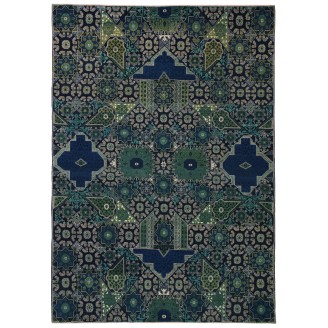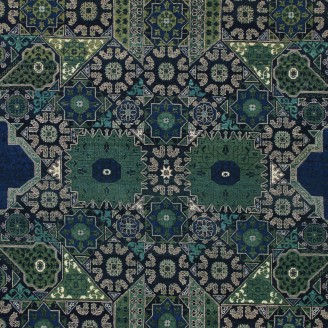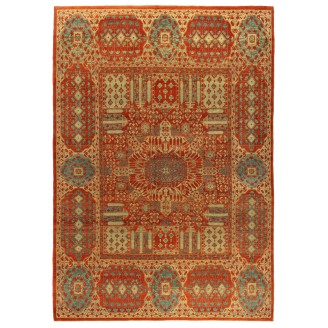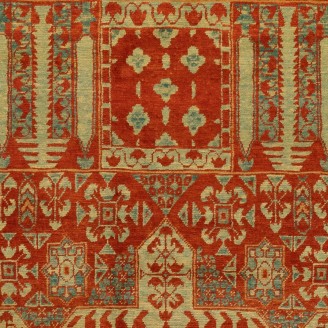Mamluk Rug with Medici Medallion
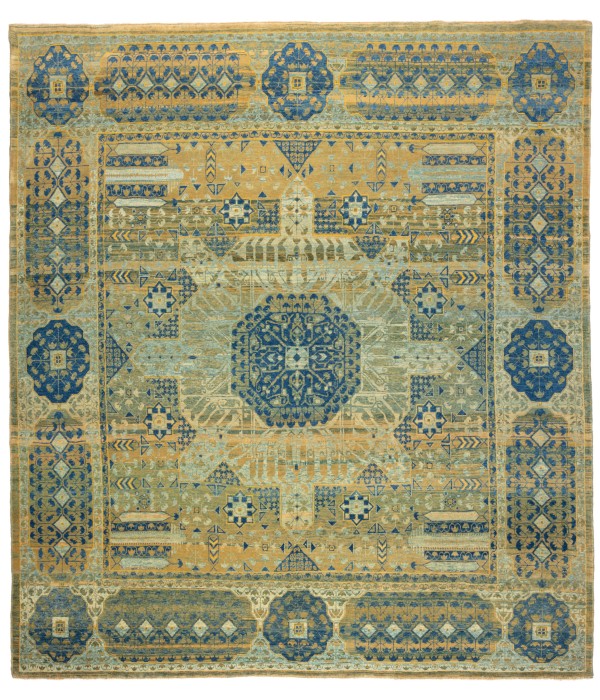
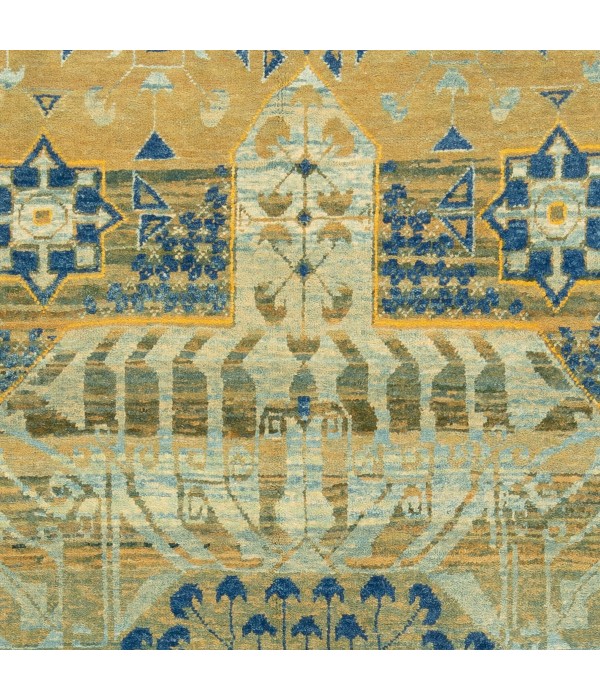
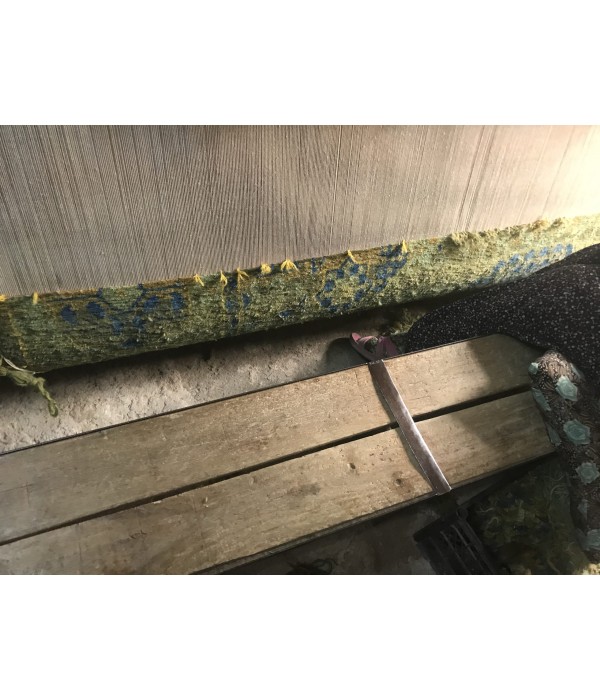
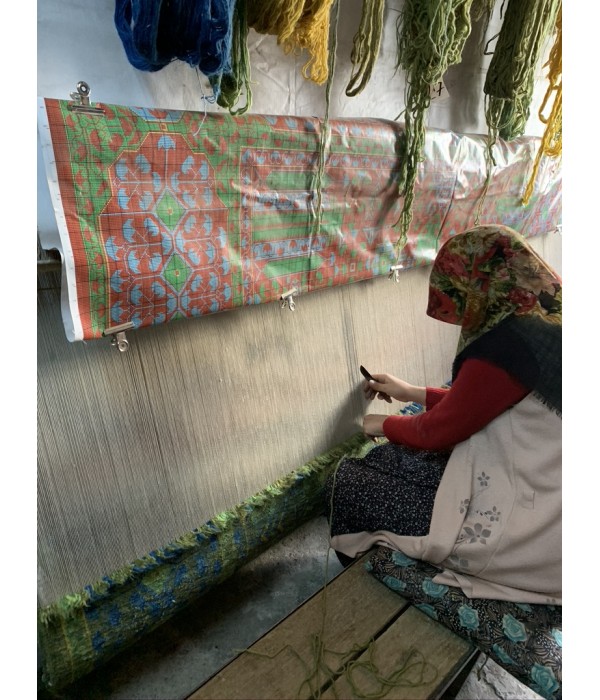
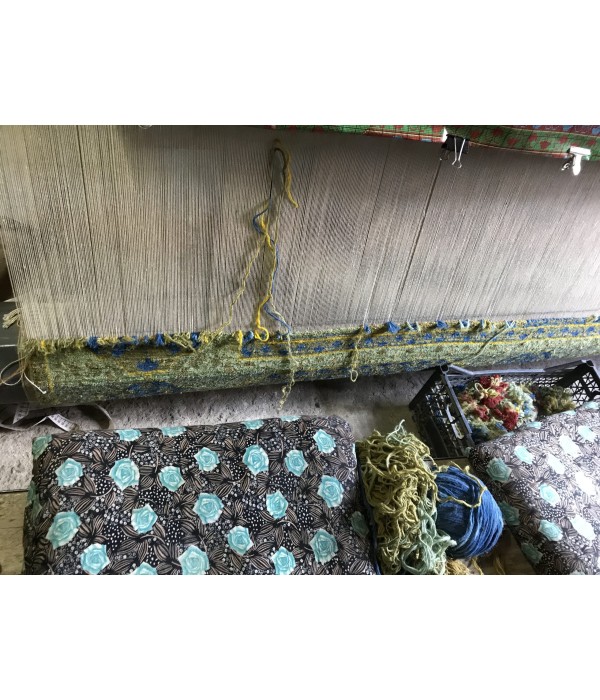
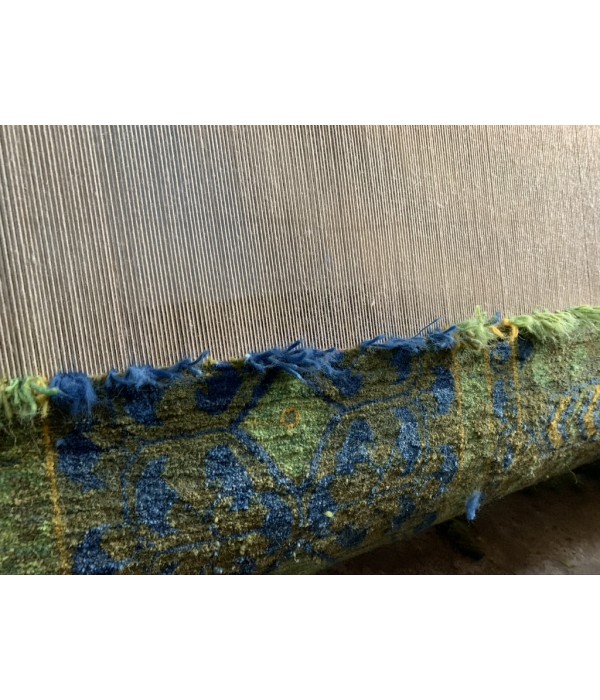
Out Of Stock
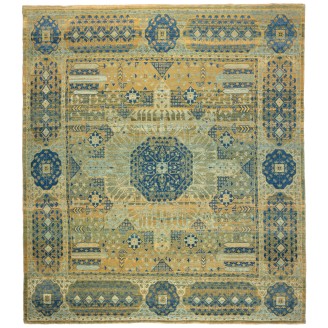
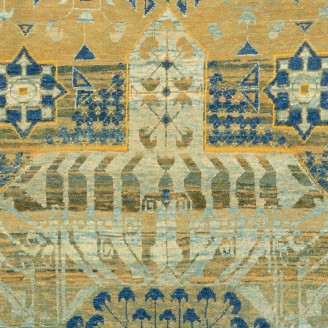
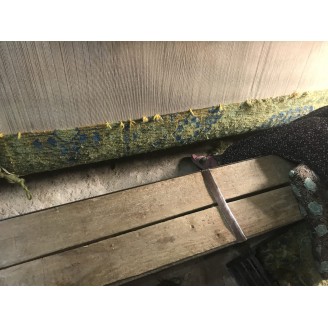
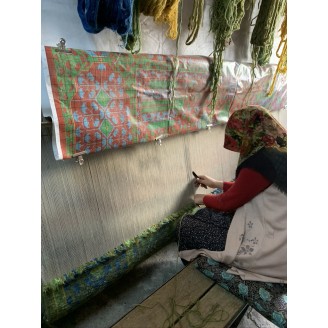
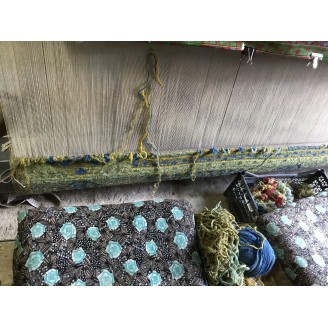
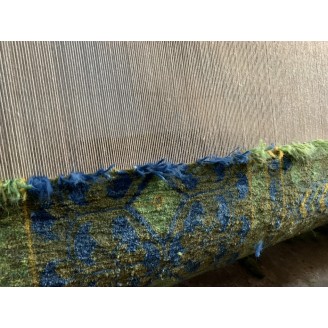
Model: ART00041Mamluk Rug with Medici Medallion
Group: Islamic Rugs Family
Area: Mamluk
Material of Pile: Natural Dyed Hand-spun Wool
Material Warp / Weft: Wool on Wool
Structure: Symmetrical knot on depressed warp inclining to the right
Knots Density: 39x39
Pile (mm): 5
Production Place: Southeastern Anatolia – Adiyaman Province - Bozatlı
Location: Tokyo
Stock: Out Of Stock
Dimensions:
The source of the rug comes from the Herrmann Collection. This rug with the Medici Medallion was designed in the early 16th-century rug by Mamluk Sultane of Cairo, Egypt. Only one other rug closely resembles the Medici Carpet, discovered in 1983 by Alberto Boralevi in the Pitti Palace, Florence, the Medici Carpet is the largest of all known Mamluks. It has been preserved carefully since entering the Medici Estate at some time between 1557 and 1571(Donald King)or more definitively,1567(Alberto Boralevi), a piece sold at Lefevre`s on 17 June 1983 at Lefevre`s. It appeared at Herrmann`s Gallery in 1983. Obviously, this carpet does not have the clout of the larger carpet, where the design fully expands, but it is a harmonious design with the desirable cypress-palm tree Elem repeated in all four corners of the field.Attempting to read early carpets produced in workshops in Cairo provides an entirely different set of challenges. Cairene carpets, distinguished by their limited color palette, symmetrical knotting, and unusual construction of S-spun wool (Z-spun wool being the norm almost everywhere in the Islamic world), underwent a sudden change in design sometime after the Ottoman Turks conquered the Mamluk empire in 1517. The Simonetti Carpet was probably woven after the conquest but exhibits the "old" fifteenth-century style of the Mamluks. Long and narrow, it was woven on a standard-sized Egyptian roller-beam loom, capable of producing carpets of varying lengths. It consists of five major focal areas of design in an A-B-C-B-A pattern, meaning the first and fifth and the second and fourth areas are paired, while the middle is unique. We can easily term these five focal areas medallions, but they are geometric in both layout and detail, and their style (as opposed to the actual date of the weaving) predates the carpet design revolution that gave rise to the medallion format. We can surmise that the designs and colors of Mamluk carpets, with their unusual combination of insect-derived red, blue, green, and sometimes yellow, with virtually no undyed white at all, constitute an effort to create a recognizable brand in the early modern market, especially in Europe, where Mamluk carpets such as this, with their subtle coloration, incredibly detailed design, and mosaic-like layout of small and intricately patterned geometric motifs, constituted an appealing alternative to the more coarsely woven and brightly colored carpets from Anatolia, such as Ushak medallion carpets. While the weaving of carpets in the traditional geometric Mamluk designs apparently continued well into the seventeenth century, sometime around the mid-sixteenth century, Cairene weavers began to create an entirely new kind of carpet, using their traditional Mamluk materials, technique, and coloration but reflecting the latest styles then being created at the court of the Ottoman sultans in Istanbul. The design of the rug is interpreted by our designers, and soft colors are chosen for this rug.
Color summary: 4 colors in total;
Color summary: 4 colors in total;
- Yellow Green 419 (Henna - Indigo)
- Moss Green 27 (Spurge - Indigo)
- Celtic Blue 22 (Indigo)
- Khaki 413 (Dyers’s Weed)
Dimensions:
8 ft 2 in x 9 ft 3 in ( 250cm x 283cm )
Price:
$21,000
Ex Tax: $21,000

